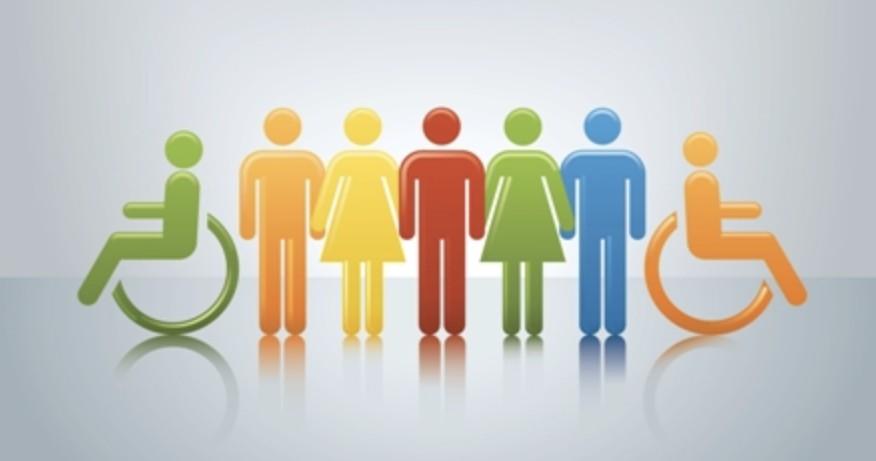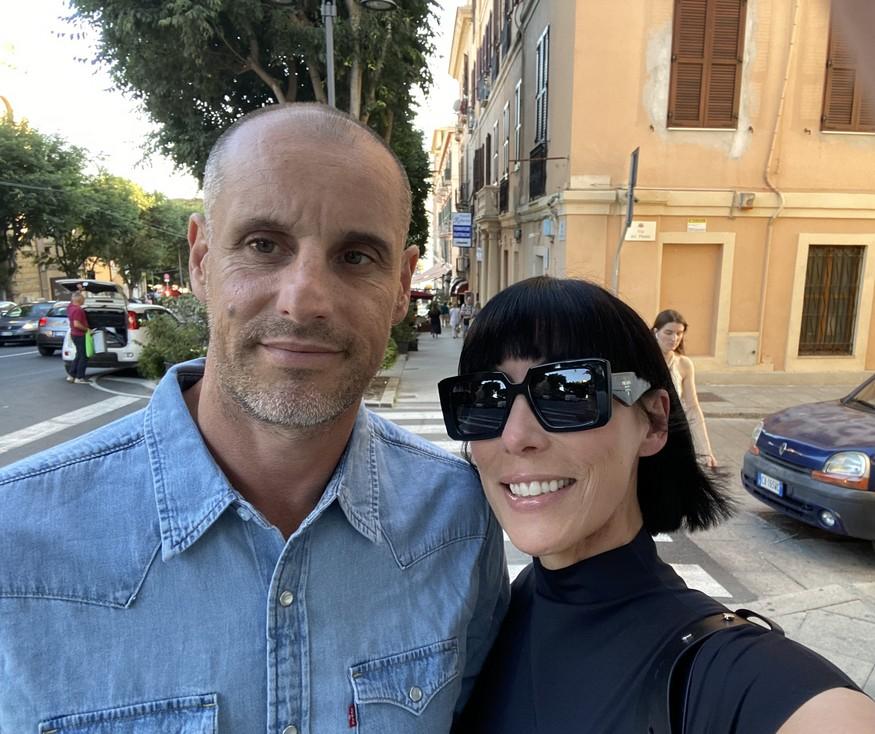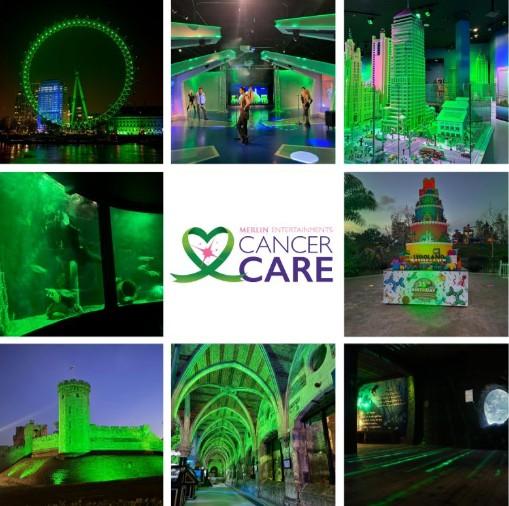




“Brave face” through treatment
Felt a pressure to appear strong during treatment, showing stoicism.
Post-treatment is really hard
Once treatment ends, everyone expects you to bounce back immediately, but it isn’t how it works.
No longer under clinical supervision, but still affected
Even though clinical treatments are over, she said she’s not yet “functioning normally” at home as she used to.

Finding a “new normal” takes time
Recovery isn’t smooth or linear. It’s more like a rollercoaster with ups and downs.
She stressed that having a space or people who can help one talk through the difficult phase after treatment is very valuable.
Some side effects continue beyond treatment (fatigue, difficulty with everyday tasks, finding words…)
Spoke about appreciating small things in life more, acknowledging that a cancer diagnosis changes perspective.
Gradually resuming engagements, balancing recovery with responsibilities.
Lifetime risk: 1 in 2 people in the UK will be diagnosed with cancer at some point Cancer Research UK+1
Prevalence: ~3.5 million people in the UK are living with or after cancer (up from ~3m in 2020)

1 in 3 employees will be directly or indirectly impacted by cancer in their career
71% of employees with cancer fear telling their employer
4 in 10 employees with a cancer diagnosis report facing workplace stigma or discrimination….



Employment: Disabled ~53-54% vs non-disabled ~82% → ~30pp gap (Apr-Jun)
Pay: 12.7% disability pay gap (2023) - £13.69 vs £15.69 median
Disability-related disputes are surging. ACAS reports 11,958 disability discrimination cases referred for conciliation in 2024-25, +41% higher than 2023-24; disability issues now account for a rising share of tribunal traffic
Cost & performance: The disability pay gap and inflexible recruitment processes shrink your qualified talent pool and can depress engagement and retention; ATW delays without employer bridging measures directly cause lost
"It's not a small candidate segment." Approximately one in four working-age adults now meets the Equality Act definition. There are a total of 890,000 working-age people living with cancer, which is forecasted to be 1.15 million by 2030
Sickness absence at a 15-year high: CIPD 2025 reports an average of 9.4 days of absence per employee (2024 year), with mental ill health the top cause of long-term absence and a leading cause of short-term absence
What scares you about hiring someone with a disability??





This is what cancer can look like…..







Legal protection starts on diagnosis: Under the Equality Act 2010, cancer = disability from day of diagnosis (and protection continues after remission)
Draw up a ‘Working with Cancer and Chronic Illness’ Policy



Make sure your Absence Policy is up to date and comprehensive Look at your benefit plan – is it fit for purpose and covers the basics?


How inclusive is your Recruitment Policy? Educate your Managers on how to support Look at reasonable adjustments
Develop resources that are accessible to all individuals.
Establish a support network by offering cancer buddies training to your employees.

Provide training for managers on ‘how to manage employees with chronic illnesses’, make it mandatory.
Educate everyone to normalise cancer in the workplace and support employees during the worst times of their life’s.
Utilise resources that already exist, MacMillian training, podcasts, websites, charity support, free make up lessons etc.
Create a ‘one stop shop’ with everything you need to know, making it easy for employees to find information
Make ‘World Cancer Day’ a calendar event, celebrate, remember and honour all those living with cancer, post cancer treatment and these that have lost their lives.

4th February